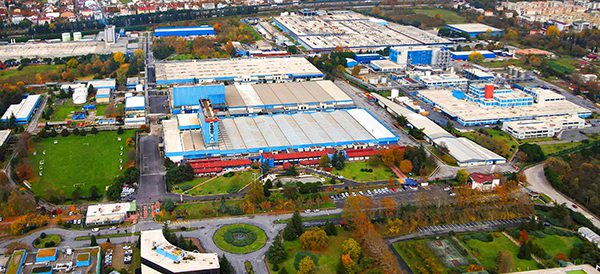 © Reuters. FILE PHOTO: File photo of a worker walking past the Reserve Bank of Australia (RBA) building in central Sydney
© Reuters. FILE PHOTO: File photo of a worker walking past the Reserve Bank of Australia (RBA) building in central SydneySYDNEY (Reuters) – Australia’s central bank is seen stretching its record spell of steady rates into 2020, according to a median forecast of economists polled by Reuters, as it awaits a revival in consumer prices and wage growth.
Of the 43 economists polled, all but one see the Reserve Bank of Australia (RBA) holding rates at 1.50 percent at its monthly policy meeting on Tuesday.
The RBA has not changed its policy settings since August 2016, when it cut rates to an all-time low of 1.50 percent in a bid to spur inflation, which has remained stubbornly below its 2-3 percent target band.
There will likely be no change to rates through 2019, according to a median forecast of 39 economists, with as many as 23 of 38 respondents forecasting at least one hike by March 2020.
Policymakers were hoping a drop in the jobless rate would lift wage growth and in turn consumer spending, but while unemployment has fallen to a 6-1/2 year trough, that has failed to prop up pay rewards.
Moreover, a plunge in global oil prices since early October is likely to further weigh on inflation.
“Wages growth remains weak, inflation is below target and share market volatility is highlighting risks to the global outlook which is a potential threat to confidence and export earnings,” said Shane Oliver, chief economist at AMP.
“So yet again the RBA will remain on hold,” he added. “We remain of the view that rates will be on hold out to second half 2020 at least, with a rising risk that the next move will be a cut before a hike.”
The RBA had last raised rates in November 2010 to 4.75 percent.
Of the 38 economists who gave forecasts for the second quarter of 2020, 13, including those at Westpac, ANZ and AMP, expected no change in rates, while two predicted cuts.
Fusion Media or anyone involved with Fusion Media will not accept any liability for loss or damage as a result of reliance on the information including data, quotes, charts and buy/sell signals contained within this website. Please be fully informed regarding the risks and costs associated with trading the financial markets, it is one of the riskiest investment forms possible.
Source: Investing.com




























